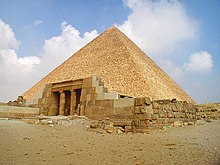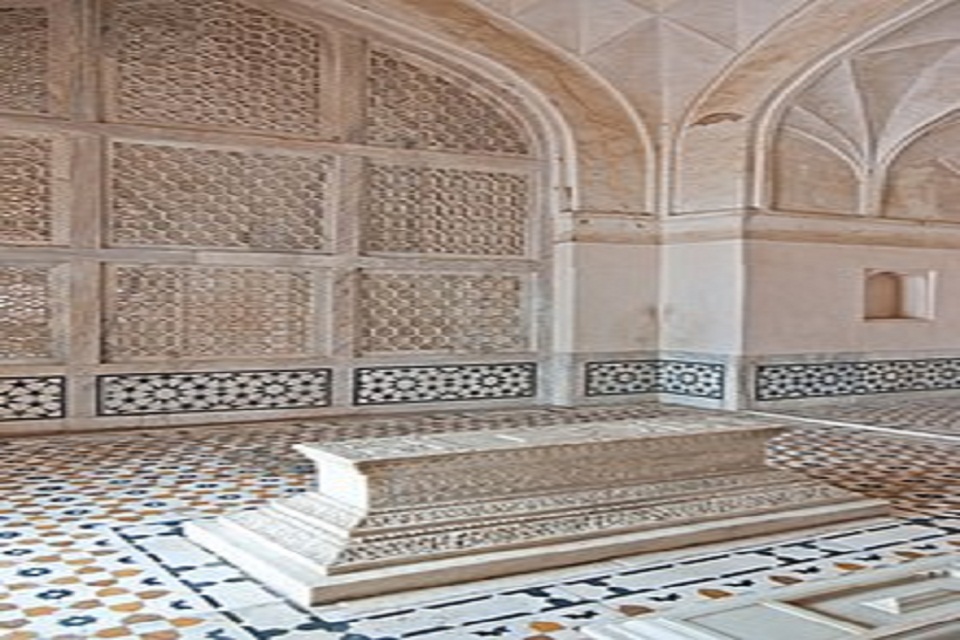A tomb is an enclosed space for the repository of the remains of the dead. Traditionally tombs have been located in caves, underground, or in structures designed specifically for the purpose of containing the remains of deceased human beings and, often, their possessions, loved ones, or, as at the tomb known as `The Great Death Pit’ at the city of Ur, one’s servants. The Natufian Grave in Israel, which dates from c. 12,000 BCE, contained the remains of a man buried with his dog. Tombs have always been considered the homes of the dead and every tomb ever constructed was built with this concept in mind. The tomb is the final resting place of a dead person whose soul, however, would live on in another realm. Personal artifacts or pets were often interred with the deceased because it was thought they would be needed in the afterlife. The construction of a tomb would also reflect the status of the person buried there and the beliefs of a certain culture concerning the afterlife. Ancient cultures from Mesopotamia to Rome maintained that the dead lived on after life and ancient stories concerning ghosts (such as the one famously told by the Roman writer Pliny the Younger in c. 100 CE) have to do with the improper burial of the dead. Ancient inscriptions from cultures as diverse as Mesopotamia, China, Greece, and the Maya all cite the importance of a respectful burial and remembrance of the dead and the dire consequences of failing to do so.
A tomb (Serer: lomb; Greek: τύμβος tumbos) is a repository for the remains of the dead. It is generally any structurally enclosed interment space or burial chamber, of varying sizes. Placing a corpse into a tomb can be called immurement, and is a method of final disposition, as an alternative to for example cremation or burial.





